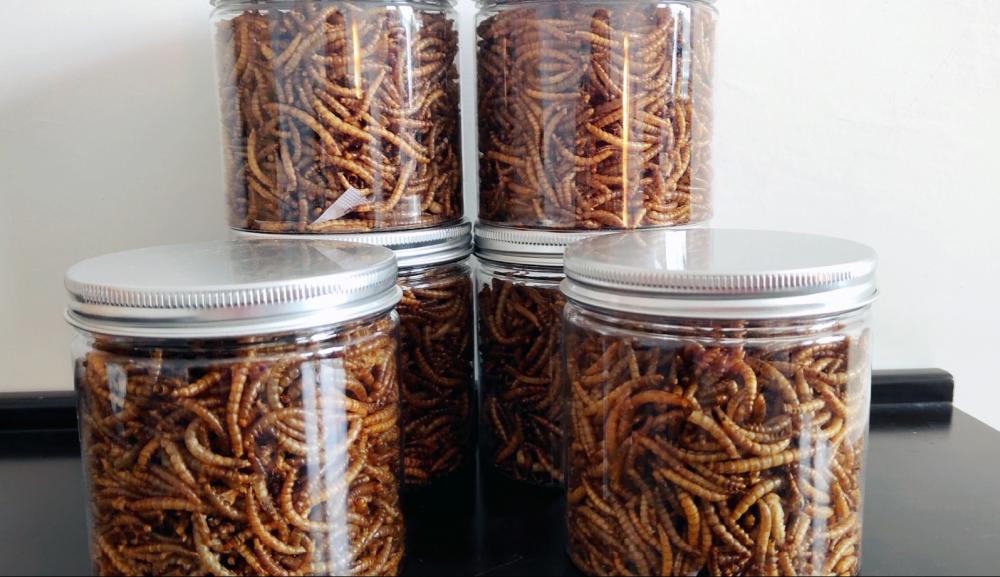Talk about cattle empty slot syndrome
During my work at the grassroots level, the author discovered that the most serious disease associated with dairy cow nutrition is empty trough syndrome.
During the visit to the dairy farm, the first question the author wanted was “Is there a feed in the trough?†If the answer is negative, then the next question is “when will the next time feed?†The answer is often “a few Hours later.†This is a wrong answer because cows have nothing to eat.
Feeding dairy cows is a serious mistake. Any approach to limiting DMI will affect the potential for milk production. One way to understand feed conditions in the trough is to score troughs to help monitor "empty trough syndrome." In a loose barn, all feeding areas should be inspected. In the tethered barn, all troughs in front of the cow's head should also be inspected. It is a good idea to check and evaluate the feed situation in the trough every day by the farm heads and feeding staff.
The best time to check the trough is 1 hour before the next feeding. The most typical scoring system used is as follows:
Rating Description:
0: No feed
1: Only a little feed (less than 5% of the feed fed)
2: A layer of feed with a book (5% to 10% of feed)
3: 5-8 cm thick feed (about 25% of feed)
4: The feed thickness in the trough exceeds 8 cm (50% feed)
5: Feed has not moved
A score of 0 to 1 indicates that the feed amount of the herd is insufficient. In order to maximize the feed intake, this problem must be solved. At any time, if the cow does not let go of the last 5% of the feed, it means that at least some of the cows have not yet been fed (starved).
If you take a look at the last 5% of the feed, you often find that there are some coarse or poorly palatable feed. Cows usually separate this part of the feed. If there is enough feed in the trough, the cow will often not eat this part of the feed. When the cow has to eat this part of the feed, it means that the cow is definitely hungry. This part of the feed is difficult to digest and therefore affects feed intake itself. If this happens, increase the feed amount by 5% or more until the score is 2 points. If the daily feed level adjustment exceeds 5%, check the dry matter and feeding options.
It would be ideal if the score was 2 at 0.5 to 1 hour before the next feed. A score of 3 indicates that the feed was too much. If this happens, you should clean up the trough and reduce the amount of feed fed by 5%. At the same time, you should also check the dry material and feed plan to understand what caused the excess in the trough. Poorly fed, moldy or improperly mixed feeds are often the cause of this. A score of 4 or 5 indicates a large excess of feed, and you should discuss it with the nutrition formulae.
We constantly ask: "How can we get more milk?" The answer is very simple...
The more cows eat and drink, the more milk they produce.
The author suggests that you evaluate the condition of the trough in your barn to eliminate the phenomenon of "empty trough syndrome."
The yellow mealworm is not only rich in protein, fat, polysaccharid and other organic macromolecular nutrients, but also rich in phosphorus, potassium, iron, sodium, aluminum and other trace elements. For every 100g of the yellow mealworm larvae, the protein content of dry powder is between 48% and 54%, the fat content is between 28% and 41%, and the contents of vitamin E, B1 and B2 are also high. Therefore, the yellow mealworm can provide high quality protein for the turtle, make the turtle strong and high in nutrition.


Turtle Feed,5Kg Turtle Feed,10Kg Turtle Feed,15Kg Turtle Feed
Fenxi Kangruilai Biotechnology Co., Ltd. , https://www.kangruilai-petfeed.com